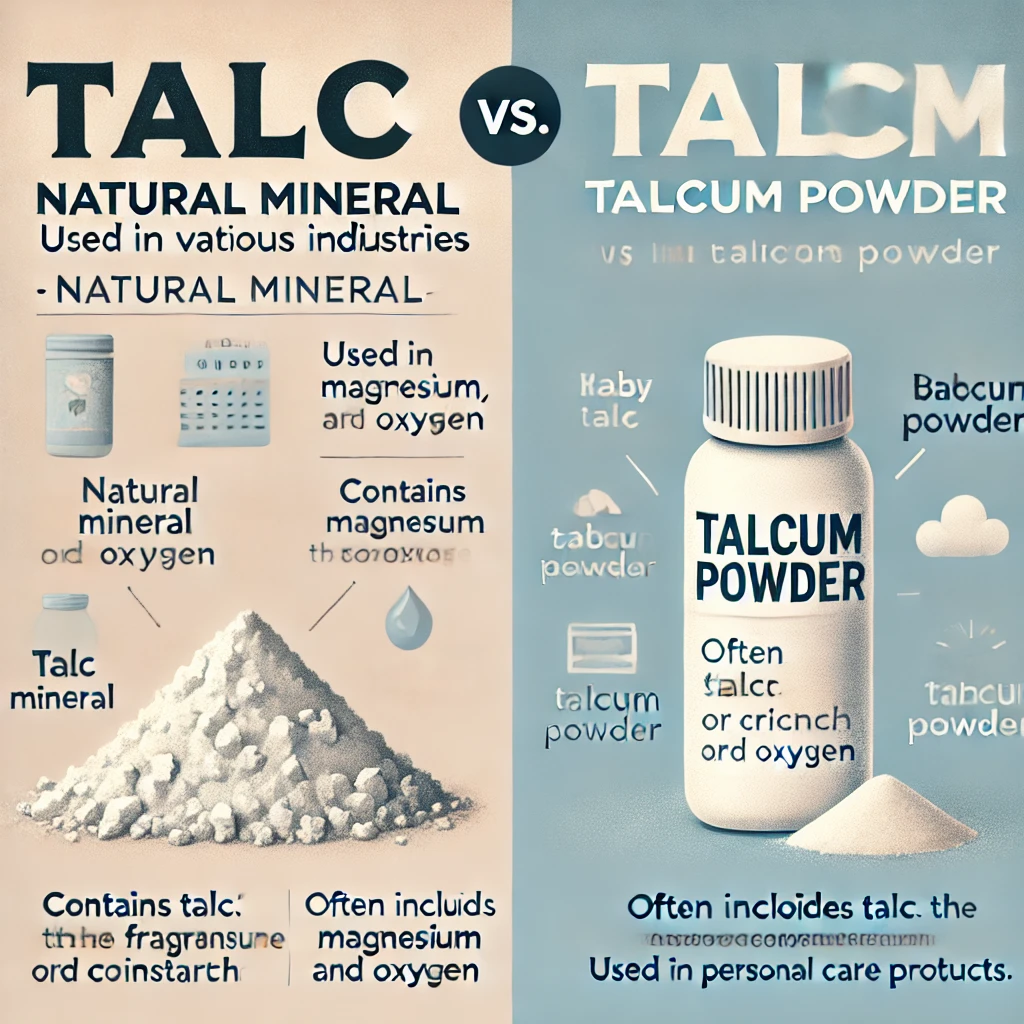About 75% of global deaths are caused by chronic diseases, and this figure is predicted to increase in the coming decades. Some of the factors include Aging populations, diets, sedentary behavior, tobacco and alcohol use, and limited access to health care in the worldwide rise in deaths caused by non-communicable diseases (NCDs). The good news is that many NCDs are preventable and may be effectively managed by altering risk factors. Moreover, new healthcare technology is a game changer that can significantly affect patient outcomes and improve the quality of life of people with chronic conditions.
Table of Contents
Preventing Chronic Diseases
According to research, 80% of chronic diseases are preventable through changes in lifestyle, diet, and physical exercise. In this regard, early disease detection is critical to Enhance the results for individuals managing chronic conditions. Diseases. For instance, artificial intelligence (AI) and machine learning may revolutionize the prevention of chronic diseases.
Analysis of patient information, including medical records, genetic data, environmental exposures, and lifestyle factors, can be done. Therefore, AI algorithms can determine people at a high risk of developing certain chronic diseases, hence the need for early intervention. Also, image analyses based on X-rays, magnetic resonance imaging (MRI), computed tomography (CT), or positron emission tomography (PET) scans can help in early diagnosis and treatment.
Role of AI and machine learning
From the data collected using AI and machine learning, it is possible to analyze the info and develop personalized recommendations for diet, exercise, and other lifestyle changes to help reduce the risks. AI has the potential to identify individuals who might gain the most from preventive interventions like vaccinations and special screening tests.
For example, AstraZeneca’s new AI-based machine learning model can identify the presence of certain diseases even when there are no symptoms. A prediction of a disease diagnosis many years later was made using medical information from half a million people who are part of a UK database.
Care and Management
Not all chronic diseases are preventable or can be identified early; in this regard, technology can support the care and management of patients through NCDs. For example, the individual with arrhythmia or atrial fibrillation will benefit from pacemaker implantation to ensure that the heart beats and functions as it should.
Other wearable devices and sensors that the patient may use are wearable devices and sensors that will allow healthcare practitioners to keep on looking at vital signs. Interventions, or adjustments to treatment plans, are made by healthcare providers based on transmitted data. Moreover, telemedicine can allow any patient, whether in a remote location or not, to receive healthcare services. It reduces the need for in-person visits, therefore saving time and money.
Digital Guidance For Patients
Patients can illustrate, get digital guidance therapeutics, and (DTx) support in health managing software their conditions treat by or installing alleviate mobile apps disease and/or other digital tools Condition. A smartphone app-based digital therapeutic called Rejoyn to treat major depressive disorder (MDD).
Mobile apps with tracking tools to monitor health parameters are available for diabetes and cardiovascular diseases. These are some of the highly rated apps for diabetes: CalorieKing, Figwee, Fooducate, and so on. They provide nutrition advice, healthy recipes, tracking tools for exercise or injections, etc. The HERB-DH1 pivotal trial showed that digital therapeutics may help reduce blood pressure (BP) in untreated patients with hypertension using non-pharmacological lifestyle modifications.
Conclusion
Technological developments are changing the prevention and management of chronic diseases. New technologies such as AI, machine learning, telemedicine, and therapeutics promise to enhance patient outcomes and help reduce rising deaths worldwide from NCDs.














